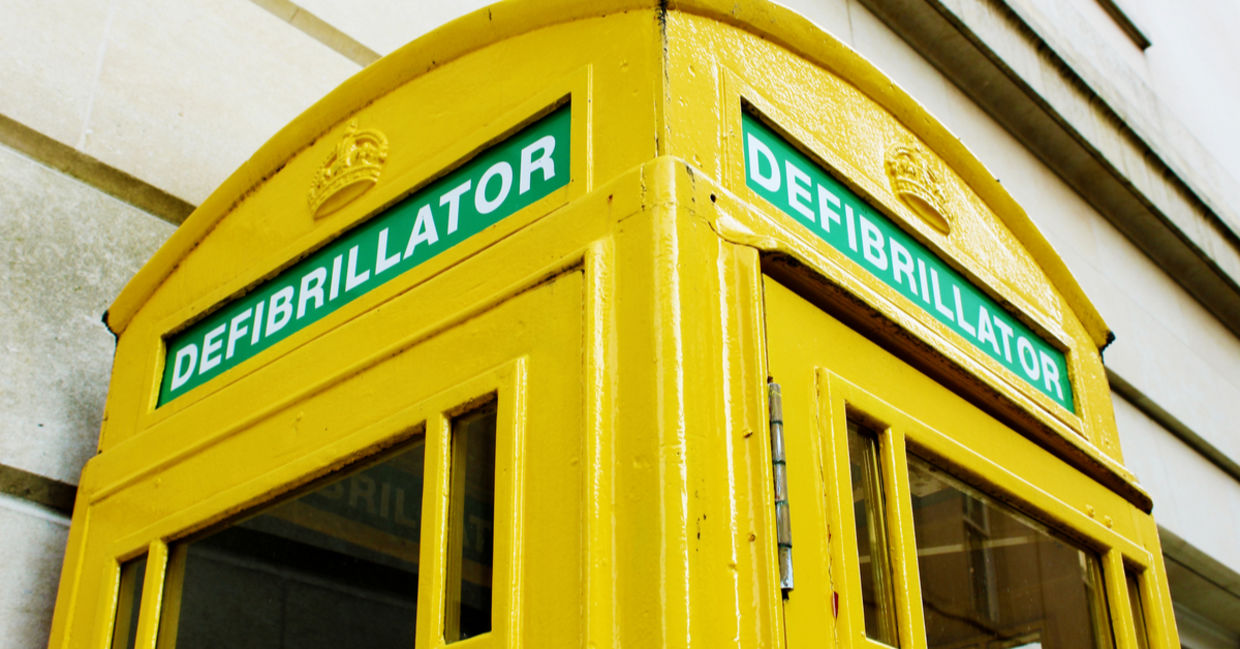When most people think about London, they envision the tower, Buckingham Palace, double decker buses, and the iconic red phone booths. These booths have been a feature in the city for decades but due to the rise of mobile phones, many have been decommissioned.
Today, according to Positive News, there are only 5,000 left in areas where they are still used or where there is poor quality mobile phone service. But what happened to all the thousands of no longer used phone booths? They have been given new leases on life by being repurposed into mini libraries and other useful items.
A Significant History
When the traditional red phone booth was designed in 1924 by architect Sir Giles Gilbert Scott, no one could envision that it would be heralded as one of the greatest British designs of all times, according toThe Guardian. The original wooden prototype still stands in Piccadilly.
When the British Telecom (BT) first started taking the booths out-of-service, many were removed and destroyed. But since 2008, the booths have been allowed to remain and be repurposed. BT has allowed charities and councils to adopt the kiosks and some are being sold to private people who want to own a piece of history.
“We supply boxes to private buyers and commercial organizations,” Martin White, a director of X2Connect, the company selling the red booths, told The Guardian. “They go all round the world. We’ve done shopping malls in Florida and Dubai. They’re very popular in Australia and America, but places in Europe take them as well… They buy them as birthday presents or just for themselves, telling us it’s something they’ve always wanted.”
New Creative Uses for the Booths
Some of the repurposed booths are being used as community libraries or book exchanges. The first one opened in 2010. For people who live far from a public library or in councils that do not have one, they are a great way to connect people with books.
Many of the adopted boxes now contain defibrillators that can be lifesavers for people having heart attacks. The nonprofit Community Heartbeat Trust adopted 1,300 boxes to convert to house the medical devices.
“To save a life after a cardiac arrest is time-dependent,” Martin Fagan, the charity’s national secretary, told Positive News “As telephone kiosks are in the center of communities, and are easily recognizable and generally feature on OS maps and satnavs, these make great locations for defibrillators.”
Some of the boxes have been converted into mini art galleries, coffee shops, and there are kiosks that sell anything from sunglasses to jewelry. One enterprising person has even repurposed one into a tiny nightclub with music, disco lighting and a glitter ball that has room for two dancers.
With a bit of imagination and elbow grease, there are almost endless ways to reuse these former phone booths. Get one while they are still available before the supply is used up and these iconic booths are just a memory.

(Dana Kenedy / Shutterstock,com)







